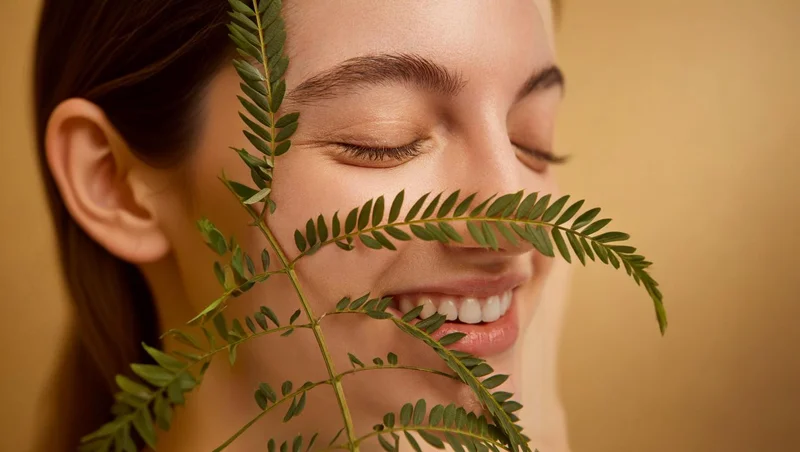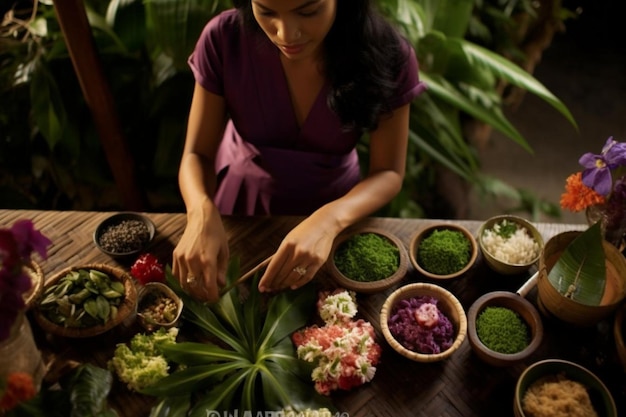Ask Ayurvedic doctor a question and get a consultation online on the problem of your concern in a free or paid mode. More than 2,000 experienced doctors work and wait for your questions on our site and help users to solve their health problems every day.
Shop Now in Our Store
How to Use Gandhak for Skin

Introduction to How to Use Gandhak for Skin
How to use gandhak for skin has become a popular topic among those seeking natural and effective skincare solutions. Gandhak, or purified sulfur, has been revered in Ayurvedic traditions for its potent antimicrobial, anti-inflammatory, and detoxifying properties. This article explores how to use gandhak for skin in a detailed, informative manner that combines ancient Ayurvedic wisdom with modern skincare insights.
Historical Roots & Ayurvedic Significance
Ayurvedic texts have long documented how to use gandhak for skin as a remedy for various skin ailments. Traditionally, gandhak has been used to cleanse impurities, balance doshas, and promote overall skin health. Its use is deeply rooted in practices that emphasize natural healing and the restoration of harmony within the body.
Key Components & Therapeutic Benefits
Purified Gandhak & Natural Synergies
At the core of how to use gandhak for skin is the use of purified sulfur. Often, this potent mineral is blended with other natural ingredients such as turmeric, neem, and aloe vera. These combinations enhance gandhak’s benefits, allowing it to detoxify the skin, reduce inflammation, and combat microbial infections.
Detoxification & Skin Rejuvenation
Learning how to use gandhak for skin involves understanding its detoxifying power. The sulfur in gandhak works to remove toxins and impurities from the skin, unclogging pores and reducing acne. This detoxification process not only promotes a healthier complexion but also revitalizes the skin’s natural glow.
Balancing Doshas & Promoting Healing
In Ayurvedic practice, how to use gandhak for skin also means balancing the body’s doshas. Gandhak’s inherent properties help calm excessive Pitta and Kapha, conditions that can lead to inflammation and skin irritations. By restoring balance, gandhak supports the skin’s natural ability to heal and regenerate.
How Gandhak Works: The Science Behind Its Benefits
Understanding how to use gandhak for skin begins with the science of sulfur. Sulfur is well-regarded in dermatology for its ability to stimulate collagen production and reduce bacterial growth. Its anti-inflammatory properties are particularly beneficial for soothing irritated skin and alleviating conditions such as acne, eczema, and psoriasis. This scientific foundation reinforces the traditional use of gandhak, bridging modern research with time-honored Ayurvedic practices.
Choosing the Right Gandhak Products & Guidance
When exploring how to use gandhak for skin, selecting the right product is essential. Opt for high-quality, purified gandhak from reputable sources to ensure safety and effectiveness. Look for products that guarantee purity and have been processed using traditional Ayurvedic methods. Additionally, consulting with an Ayurvedic practitioner or dermatologist can provide personalized guidance tailored to your unique skin needs.
Recommended Dosage & How to Use Gandhak for Skin
Practical instructions for using gandhak for skin are straightforward yet effective:
- Preparation: Combine a small amount of purified gandhak with natural ingredients such as aloe vera gel or turmeric powder to form a smooth paste.
- Application: Apply the paste evenly on affected areas, avoiding sensitive regions like the eyes. Leave it on for 10–15 minutes before rinsing with lukewarm water.
- Frequency: Use this treatment once or twice a week to allow your skin to detoxify without overexposure.
- Professional Guidance: Always consult with a healthcare professional, especially if you have sensitive skin or pre-existing conditions.
Potential Side Effects & Precautions
While learning how to use gandhak for skin can yield significant benefits, some precautions should be observed:
- Skin Sensitivity: Individuals with sensitive skin may experience mild irritation. Conduct a patch test before full application.
- Purity Assurance: Use only high-quality, purified gandhak to avoid adverse reactions.
- Usage Moderation: Overuse can lead to dryness or irritation; adhere to recommended application frequencies.
- Consultation: Seek advice from an Ayurvedic practitioner or dermatologist if you have underlying skin conditions or concerns.
Frequently Asked Questions
What are the primary benefits of how to use gandhak for skin?
Gandhak helps detoxify the skin, reduce inflammation, and combat microbial infections, making it effective for conditions such as acne and eczema.
How often should I apply treatments when learning how to use gandhak for skin?
It is generally recommended to use a gandhak-based treatment once or twice a week to prevent over-drying or irritation.
Can I combine gandhak with other natural ingredients for skin care?
Yes, combining gandhak with ingredients such as aloe vera, turmeric, and neem can enhance its therapeutic properties and improve overall skin clarity.
Are there any risks associated with how to use gandhak for skin?
While gandhak is generally safe when used correctly, individuals with very sensitive skin should perform a patch test first, as some may experience mild irritation.
How long does it take to see results when using gandhak for skin?
Results vary, but many users observe improvements in skin clarity and a reduction in blemishes within a few weeks of consistent use.
Is it safe to use gandhak for skin on a daily basis?
Daily use is not recommended; instead, using it once or twice weekly is ideal to avoid potential dryness or irritation.
Where can I purchase high-quality gandhak for skin?
High-quality purified gandhak is available through reputable Ayurvedic pharmacies and certified online stores. Always verify the product’s authenticity and purity before use.
Conclusion & Expert Insights
Exploring how to use gandhak for skin can lead to a natural, holistic approach to skincare. By incorporating this traditional remedy into your routine, you benefit from its detoxifying, anti-inflammatory, and healing properties. With high-quality products and professional guidance, you can tailor this treatment to meet your skin’s unique needs while connecting with centuries of Ayurvedic wisdom.
References & Further Reading
- Sharma, P.V. (1995). Ayurvedic Healing: A Comprehensive Guide.
- Lad, V. (2002). Ayurveda: The Science of Self-Healing.
- National Institute of Ayurveda:
- Journal of Ayurveda and Integrative Medicine: Articles and research on traditional Ayurvedic therapies and modern applications.
This article is checked by the current qualified Dr Sujal Patil and can be considered a reliable source of information for users of the site.



